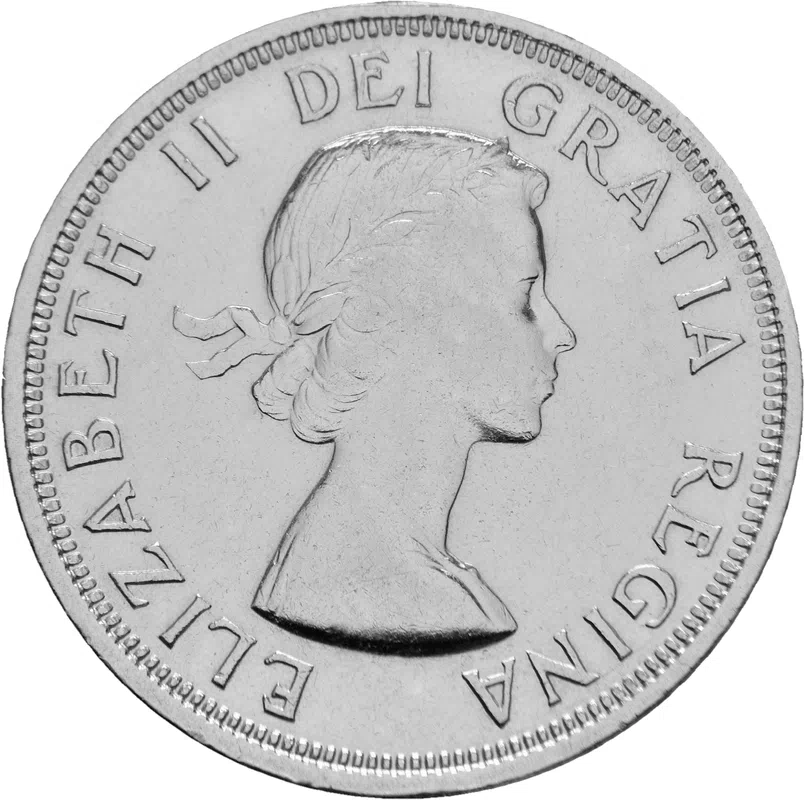
Introduction
The Canadian dollar (CAD) remains a crucial component of Canada’s economy, influencing trade, travel, and investment decisions both domestically and internationally. Its performance against other major currencies serves as an economic barometer, reflecting changes in commodity prices, interest rates, and geopolitical events. As Canada transitions out of the pandemic and grapples with inflation, understanding the current state of the Canadian dollar is essential for investors, businesses, and consumers alike.
Current Trends in the Canadian Dollar
As of October 2023, the Canadian dollar has experienced fluctuations, primarily driven by the cost of crude oil, which is one of Canada’s most valuable exports. The CAD typically strengthens when oil prices rise, as higher export revenues improve the trade balance. In recent weeks, the dollar has seen some strength against the US dollar, hovering around 1.34 CAD per USD, influenced by a recovery in global oil demand as economies continue to rebound from the pandemic.
Furthermore, the Bank of Canada’s recent decision to maintain its interest rates has played a significant role in the CAD’s stability. As interest rates in Canada remain competitive compared to those in the United States, this has attracted foreign investment, further supporting the currency’s value. Analysts predict that any adjustment in rates could have immediate implications for the CAD’s performance.
The Impact of Inflation and Economic Policies
Inflation has emerged as a critical concern for the Canadian economy, with rates reaching levels not seen in decades. The Bank of Canada has acknowledged the need to manage inflation, which could lead to policy changes affecting the Canadian dollar. If inflation continues to rise, the bank may implement tighter monetary policies, potentially strengthening the CAD in the long run.
Government policies aimed at stimulating economic growth through infrastructure spending and support for key industries are also expected to influence the dollar’s value. Increased investments in sectors such as technology and green energy could lead to a more diversified economy, enhancing the domestic currency’s resilience.
Conclusion
The Canadian dollar is not just a monetary unit but a reflection of Canada’s economic health and global standing. With ongoing global economic shifts, the CAD’s performance will continue to be closely watched by investors and policymakers alike. As the world navigates uncertainty, the strength of the Canadian dollar will be vital for economic stability and growth. Moving forward, analysts expect the cad to face both challenges and opportunities, heavily depending on commodity prices, economic policies, and inflation management.



